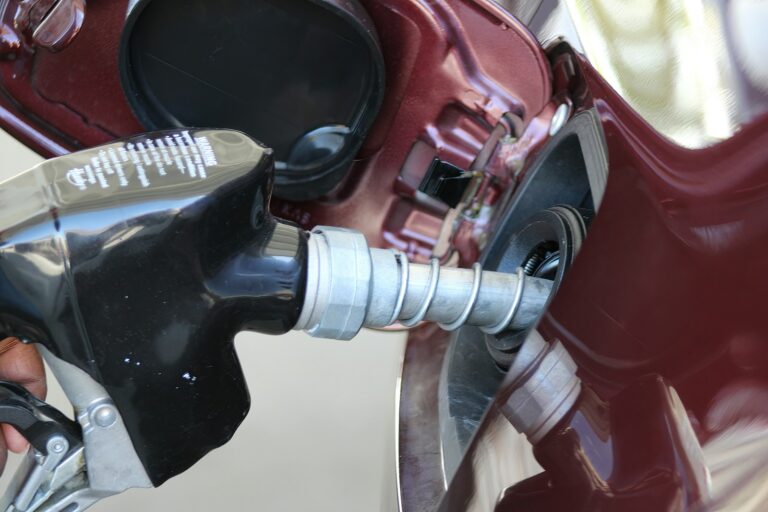How do dual fuel tanks work?
When it comes to fuel storage for vehicles, one option that has gained popularity in recent years is the dual fuel tank system. But what exactly is a dual fuel tank, and how does it work? In this article, I’ll be diving into the details of these systems, as well as discussing some of the benefits and potential drawbacks of using them.
What is a Dual Fuel Tank System?
A dual fuel tank system, as the name suggests, is a system that utilizes two fuel tanks to store and dispense fuel. These tanks are typically located in the bed of a pickup truck or on the side of a van or SUV. In most cases, one tank is used to store gasoline, while the other is used to store diesel fuel.
The two tanks are connected to a single fuel system, which allows the driver to switch between the two fuels as needed. This is typically done through a switch or lever located in the vehicle’s cab. Depending on the system, the switch may be manual or automatic.
How Does a Dual Fuel Tank System Work?
The basic concept behind a dual fuel tank system is simple: the driver can choose which fuel to use depending on the task at hand. For example, if the vehicle will be used for highway driving, the driver may choose to use the gasoline tank to take advantage of its higher octane rating. On the other hand, if the vehicle will be used for towing or hauling heavy loads, the driver may choose to use the diesel tank for its increased power and torque.
When the driver selects a fuel tank, the fuel system will begin drawing fuel from that tank and into the engine. The fuel system may also include a fuel filter, which helps to remove impurities from the fuel before it enters the engine.
Advantages of Dual Fuel Tank Systems
One of the main benefits of a dual fuel tank system is that it allows the driver to take advantage of the unique properties of each fuel type. For example, diesel fuel typically has a higher energy density than gasoline, which means that it can provide more power and torque per unit of fuel. This can be especially useful for vehicles that will be used for towing or hauling heavy loads.
Another benefit of dual fuel tank systems is that they can help to increase the overall range of a vehicle. For example, if a vehicle has a 20-gallon gasoline tank and a 20-gallon diesel tank, the driver can potentially travel up to 40 gallons before needing to refuel.
Disadvantages of Dual Fuel Tank Systems
While dual fuel tank systems can certainly have their advantages, there are also some potential drawbacks to consider. One potential drawback is that these systems can be relatively complex and may require more maintenance than a single fuel tank system. Additionally, dual fuel tank systems can be more expensive to install and maintain than a single fuel tank system.
Another potential drawback is that switching between fuel types may not be as seamless as it is with a single fuel tank system. For example, if a driver switches from diesel to gasoline, it is possible that some diesel fuel may remain in the fuel system and could potentially cause damage to the engine if it is not properly drained.
Conclusion
Overall, dual fuel tank systems can be a great option for those who need the flexibility of being able to switch between fuel types. With this system, the driver can take advantage of the unique properties of each fuel type and increase the vehicle’s overall range. However, it is important to consider the potential drawbacks such as added complexity and cost, and the potential for damage if switching fuels is not done properly.

